A few weeks ago here on TNOCS, Contributing Author JJ Live At Leeds wrote an article about Madness, the great Ska-adjacent band.
It got me thinking about all things Ska: the music, the history, and the iconography.
Most of that iconography is in black and white, and not like black and white photography. It’s just black and white without any gray or other colors. Black. White. That’s it.
Here’s a good example:
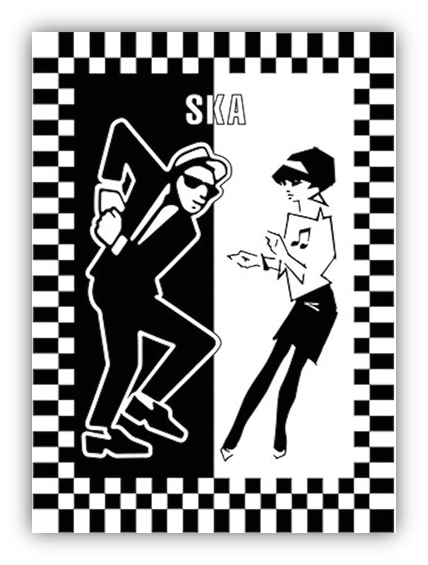
There’s a lot going on in it, which I’ll explain, but before we can dive in, we need some background info. I covered some of this in my What Makes Ska, Ska? article.
A major hurricane hit Jamaica in 1944.
It killed 116 people and destroyed homes and businesses. It took years for the island to recover.
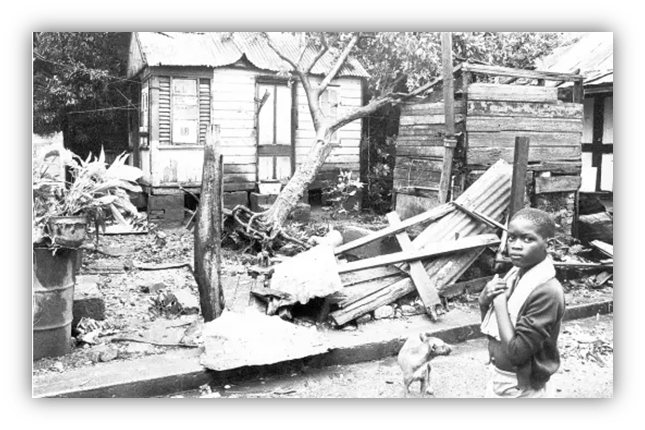
Meanwhile, in England, there was so much rebuilding to do after the bombing of World War II that they couldn’t do it all. The British government welcomed immigrant workers “without reserve.”
- Jamaica had people but not enough jobs.
- England had jobs but not enough people.
The migration began.
Jamaicans brought not just their work skills but their music as well, and they had a huge effect on British culture.
Rocksteady and Ska became popular, though not as popular as American rock and roll.
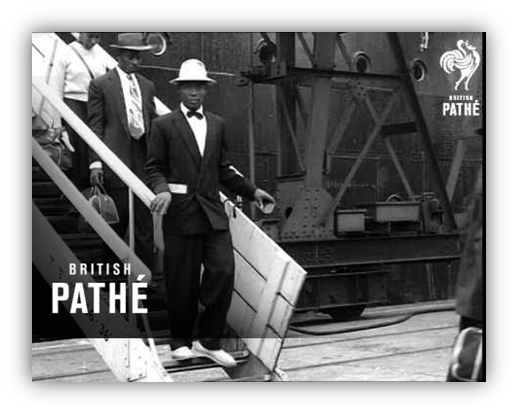
The British learned about rock and roll by the records sailors brought home with them from the States. The same happened with Ska.
Ska’s first wave in the UK was pretty much performed by Jamaicans only, and much of it was on records by musicians still in the Caribbean.
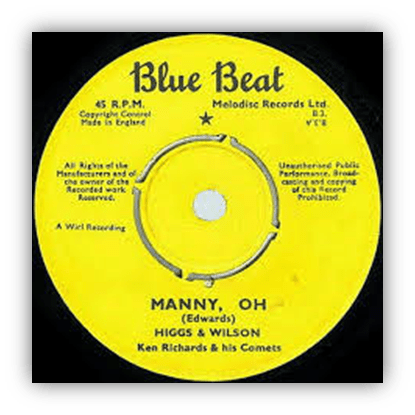
A lot of these records were released on a British label called Blue Beat, and “Bluebeat” became a synonym for Ska.
Prince Buster, Keith And Enid, Hortense Ellis and many others made their mark on British music, some without ever leaving the islands.
A generation later, in the 1980s, young black and white people who had grown up together formed bands and record labels.
It was time for Ska’s second wave, with bands like Madness, The Selecter, and The Specials.
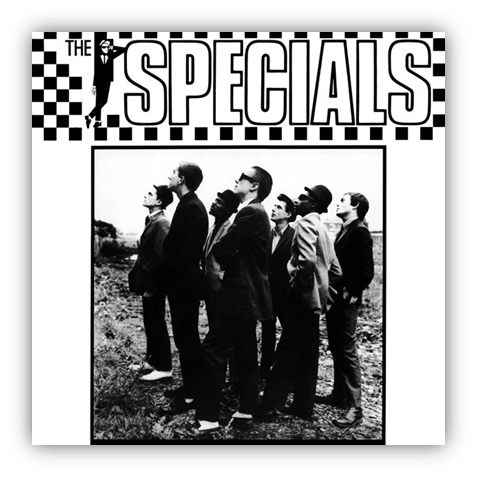
So, back to our graphic above.
The checkerboard border represents black and white people coming together. It also means a blending of the Ska and Reggae music from Jamaica with the Punk and New Wave from England.
Today, some people wear the black and white squares on clothing just because they like the design, and may know nothing about its meaning or connection to Ska and diversity.

The checkerboard was part of the original artwork of 2 Tone Records, which itself is named after white and black people working in harmony.
Jerry Dammers, who is the keyboardist for The Specials and who founded 2 Tone, came up with the design with assistance from bassist Horace Panter and graphic artists, John “Teflon” Sims and David Storey.
Sims and Storey translated Dammers’s vision and Panter’s rough sketches into simple but bold graphic designs that could be reproduced cheaply — perfect for the DIY Punk philosophy.
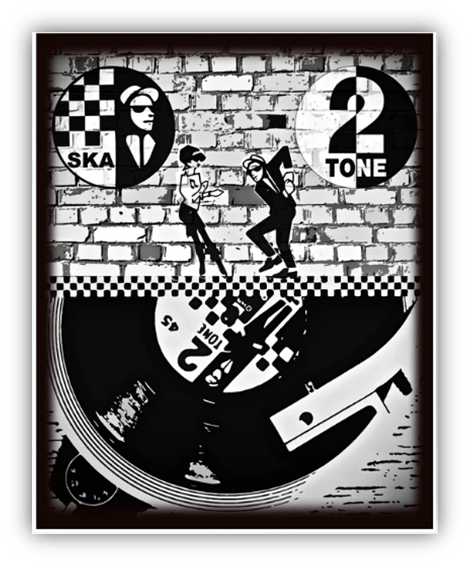
Its simplicity made it easily adaptable for record covers, flyers, stickers, and clothing. It was eye-catching and helped spread 2 Tone’s aesthetic of multiracial culture.
In addition to the checkerboard, they created the male dancer in the graphic.
Known as Walt Jabsco, he always wears a suit and a pork‑pie hat. He’s loosely based on a picture of Peter Tosh on the cover of The Wailing Wailers album.
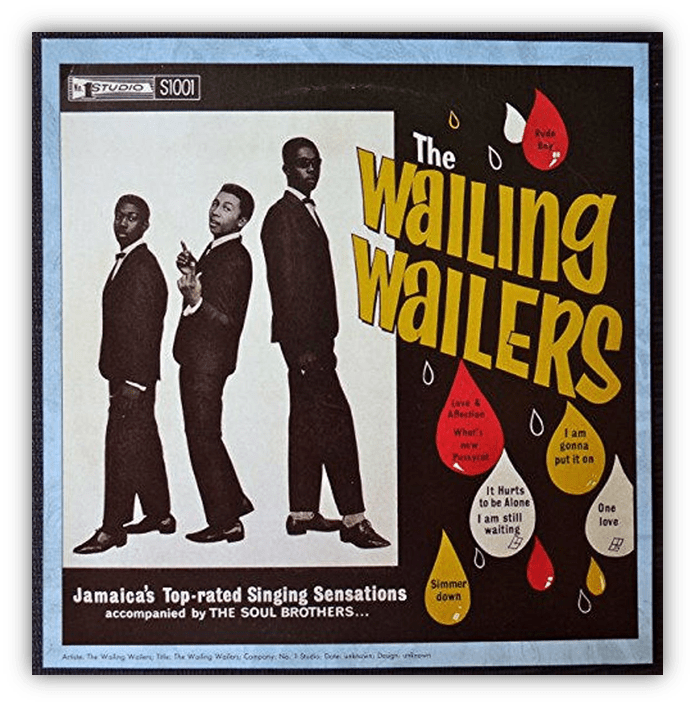
Left to right:
Bunny Wailer, Bob Marley, and Peter Tosh
Why is he named Walt Jabsco?
According to Storey:
“Jerry had bought an old American bowling shirt from a charity shop and it had the name Walt Jabsco embroidered on it and this is how the man got his name.”
The Walt Jabsco graphic later inspired the “Man In Suit Levitating” emoji, aka; Unicode U+1F574:

It can be used to mean “jump for joy” or “mystery.” Peter Tosh’s children like the emoji, saying that it symbolizes their father’s uplifting music.
So, back to the graphic at the top. We know where the checkerboard and Walt Jabsco came from. But what about the woman?
She’s known as The Beat Girl.
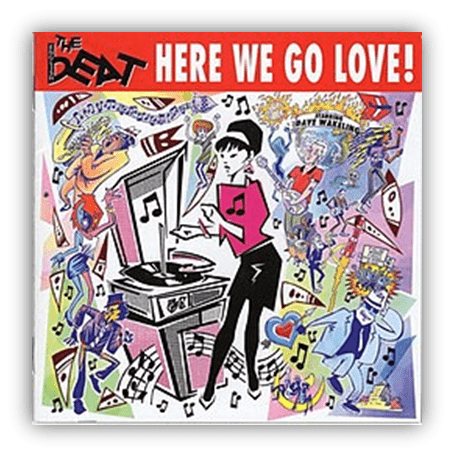
And I always thought she was called that because she appeared on the covers of albums and singles by The Beat.
They were known in North America as The English Beat because there was already a band called The Beat there. Likewise, in Australia, they were called The British Beat. Hunt Emerson drew her.
I also thought The Beat Girl was just a drawing that wasn’t based on a real person.
And then I stumbled on a YouTube video by Miss Upsetter Designs.
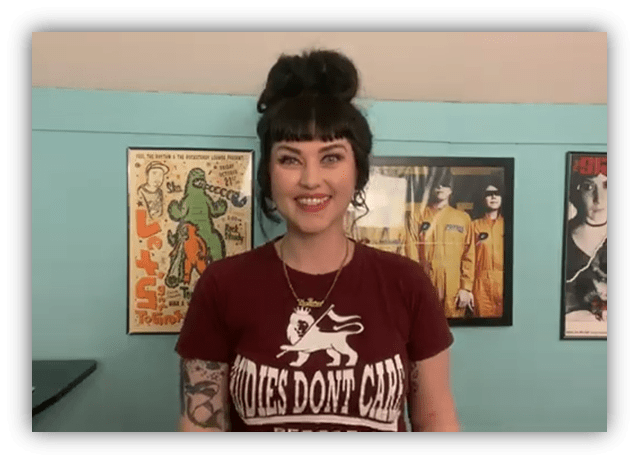
Miss Upsetter, AKA Joanna Wallace, has done an amazing amount of research.
The rest of this article is largely based on her efforts, so all credit goes to her. I’m using her work with her permission because she and I both want to get this information out to a wider world.
The Beat Girl isn’t just a graphic. She’s based on a real life woman, and the little we know about her is fascinating.
In February, 1964, enthusiastic fans met The Beatles at the airport in New York.
That same year and month, Jamaican Ska star Prince Buster arrived at the airport in London. His crowd was smaller but no less enthusiastic.
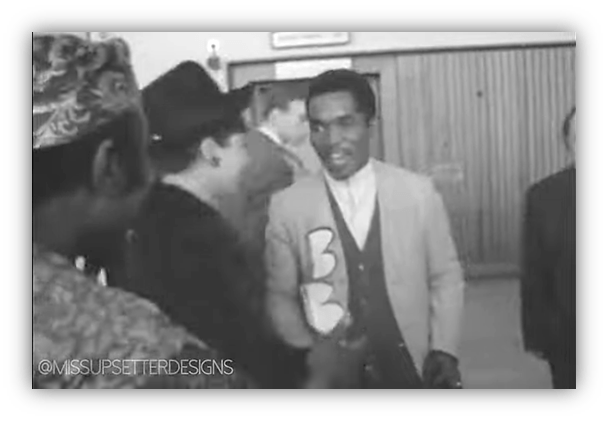
We have film (without sound) of his arrival.
Courtesy: Miss Upsetter Designs
You’ll notice that he dances with a rather attractive woman:
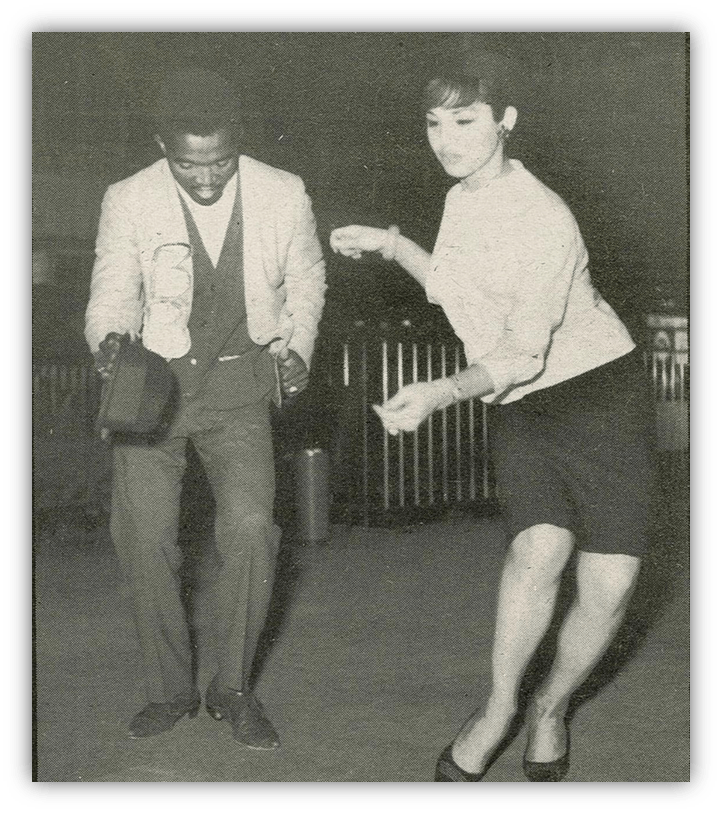
Compare her to The Beat Girl. Like Walt Jabsco is based on Peter Tosh, The Beat Girl is based on this woman dancing.
So, who is she?
Her name was Brigitte Bond.
She was born in Malta in 1942.
We don’t know much about her upbringing.

Sometime in the late 1950s, she had moved to London, which was a hub for Jazz, beatnik culture, and the new Caribbean immigrants.
It’s possible details about Bond’s early life are murky due to deliberate self-mythologizing, or maybe due to the stigma surrounding transgender identities at the time. By the time she moved to London, Bond had begun transitioning and was presenting herself as a woman full time.
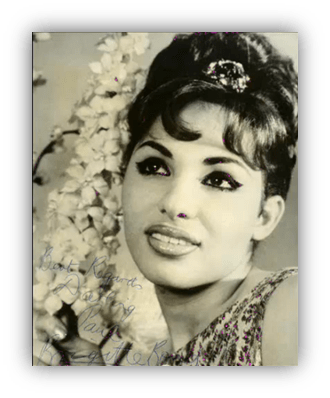
Her beauty and bold style turned heads in Soho and Piccadilly, where she performed in cabarets and coffee shops.
She adamantly identified as a woman.
She was a singer who fell in love with the rhythm and energy of Ska, and began incorporating it into her stage act.
Her first single would come out a month after dancing with Prince Buster at the airport, and her appearance at the airport was almost certainly set up by her record label, Blue Beat Records. The single was called “Blue Beat Baby.”
I prefer the B-side, “Oh Yeah, Baby:”
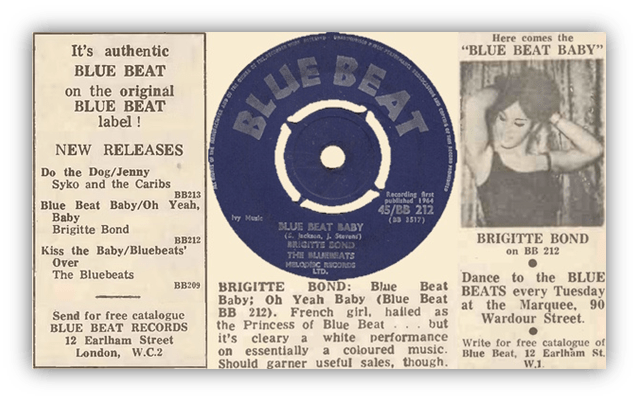
A cover of the Johnny Stevens song.
Sadly, it’s her only record. That is, it’s the only one we know of. Bond claimed to have others, but there’s no evidence to support that.
She became known for wild, energetic performances that combined Ska with go-go dancing and her defiant sexuality. During this period, the press nicknamed her “the Blue Beat Girl.”
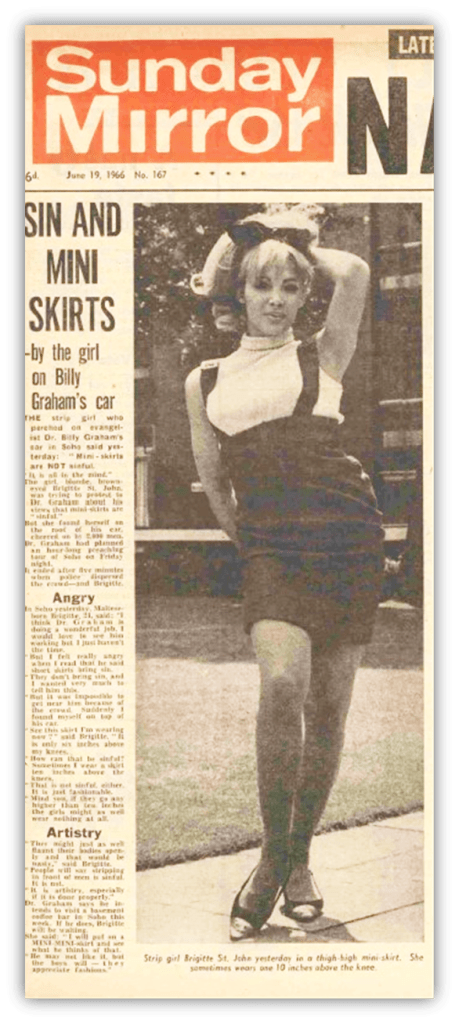
Her distinctive image, elaborate hair and trademark bow made her an icon in clubs like the Flamingo, Bertie Green’s Astor Room and other interracial music venues around swinging London.
While Bond didn’t release many records, she was a constant presence at Ska events and her image graced promotional materials, magazine spreads, and album covers. She was known more for her persona than for her catalog.
She was more a symbol than a singer.
She fascinated many, especially Sir John Waller even though he had never seen her perform.
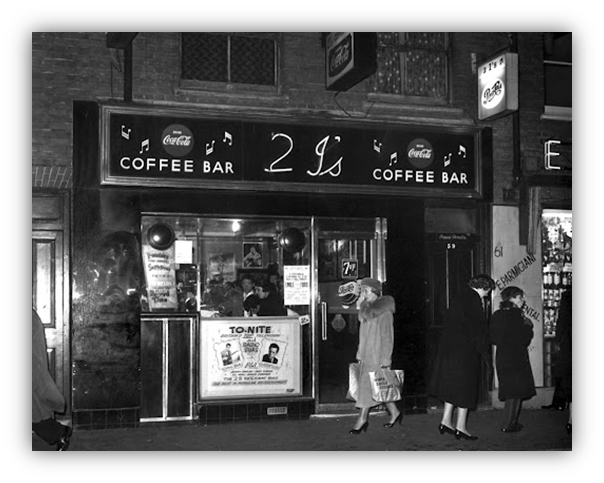
Walking past the 2 i’s Coffee Bar in Soho, he saw a poster promoting Bond’s upcoming appearance.
He went inside and talked to his friend Tom Littlewood, who happened to be Bond’s manager. Littlewood arranged for Waller to meet Bond.
On their first date, Waller proposed and Bond accepted.
To understand this, you need to know Waller’s story.
He was a writer and poet, and a baronet due a large inheritance.
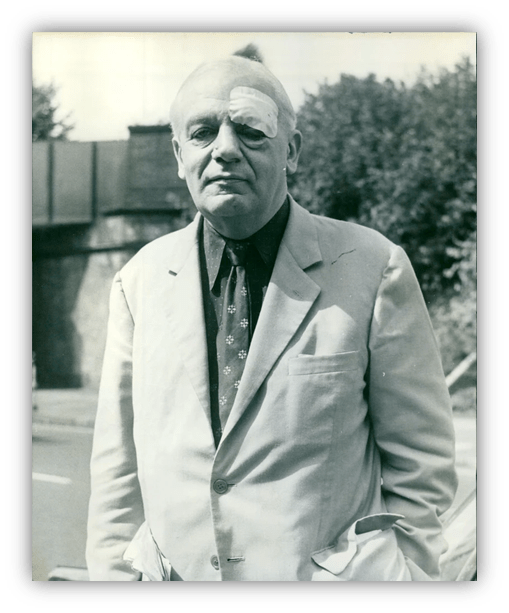
However, he was living off the fund’s interest and could only collect the full inheritance if he produced a male heir to keep the family lineage going.
While he wanted the money, he was gay and had no real interest in women. He developed a habit of proposing marriage on the first date with the understanding that the marriage would end in divorce and a £10,000 payment. It was a business proposal.
Once he discovered that Bond would be unable to have children, the engagement was off as quickly as it had been on.

He eventually did marry and had a child. A girl. He died in 1995 without even getting his inheritance.
What did Bond get out of it? It’s hard to say.
She didn’t get the £10,000 but, intentionally or otherwise, she got at least that much in publicity. The story of the baronet and the sex change girl was news worldwide.
Bond moved from public nightclubs to members-only venues, where the pay was higher. She parlayed her rising fame into tours of African countries and residencies at La Dolce Vita and the York Club in Madrid. Francisco Franco was still dictator and LGBTQ folks weren’t welcome, but Bond’s appearances were openly advertised.
Returning to London in 1966, she made headlines again, but this time as Brigitte Saint John.
The American evangelist Billy Graham was booked at Earl’s Court for a month of sermons. One of his messages was that the world was sick and needed redemption.
He singled out “swinging London” and the miniskirt, and announced an hour-long visit to Soho so he could see the sickness himself and invite those sick people to his sermons.
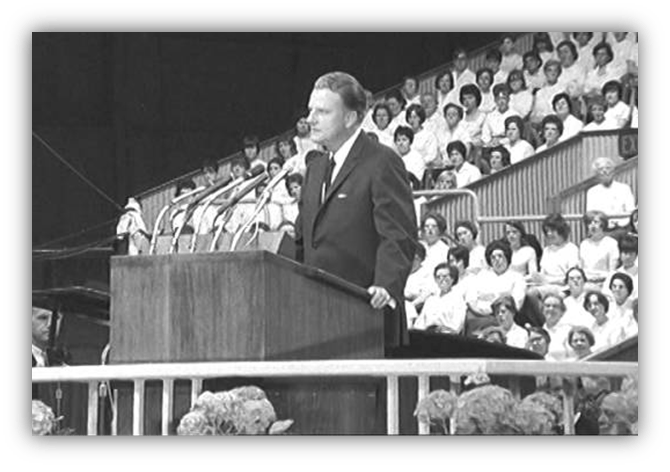
The street was packed with people and police were there to keep order, but Graham didn’t stay the full hour. Bond – wearing a miniskirt -got on the roof of a car and tried to get Graham’s attention. She wanted to talk to him about his stance on miniskirts.
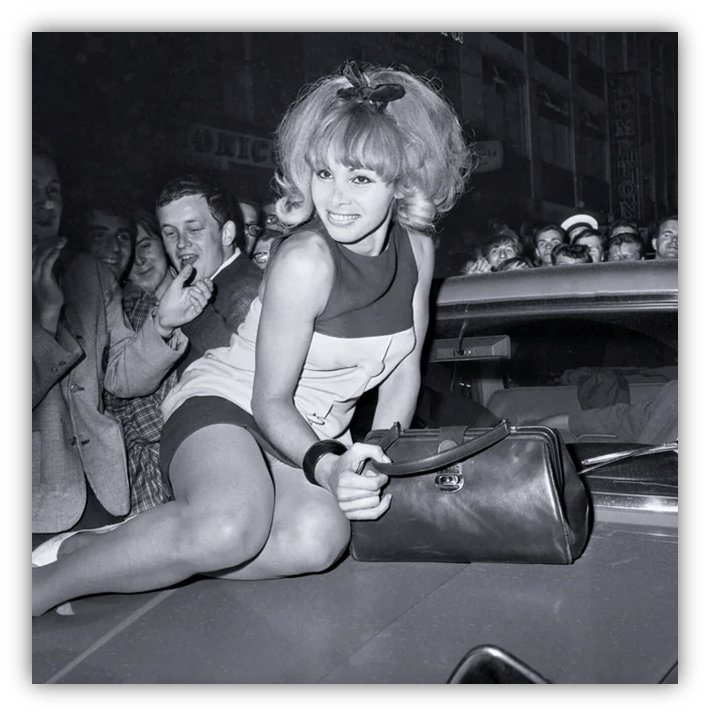
She was immediately surrounded by the press and posed for photos on the hood of the car. Graham left.
Bond had, purposely or not, derailed Graham’s mission to Soho, and her picture was again in newspapers all over the world.
The following year, Graham clarified his viewpoint, saying, “I do not think there is anything wrong with mini-skirts, unless they are deliberately worn to entice men to have sensual thoughts.”
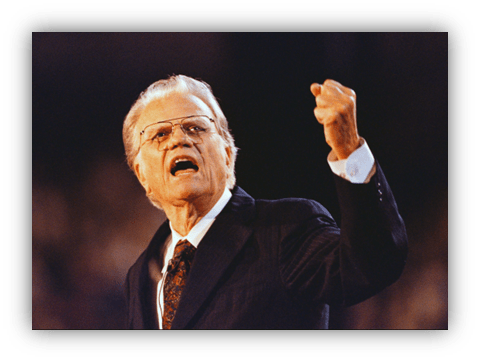
In other words, lascivious men’s thoughts are always the woman’s fault.
Later that year, she moved to Spain and used the name Brigitte St. John in the film Herostratus, filmed in 1964 but unreleased until 1966. She also had small roles in La Muchacha Del Nilo and La Esclava Del Paradiso.
She performed a strip tease in Herostratus and is sometimes called a stripper. But a more accurate term would be a “vedette,” a French word meaning the female star who headlines a revue or cabaret.
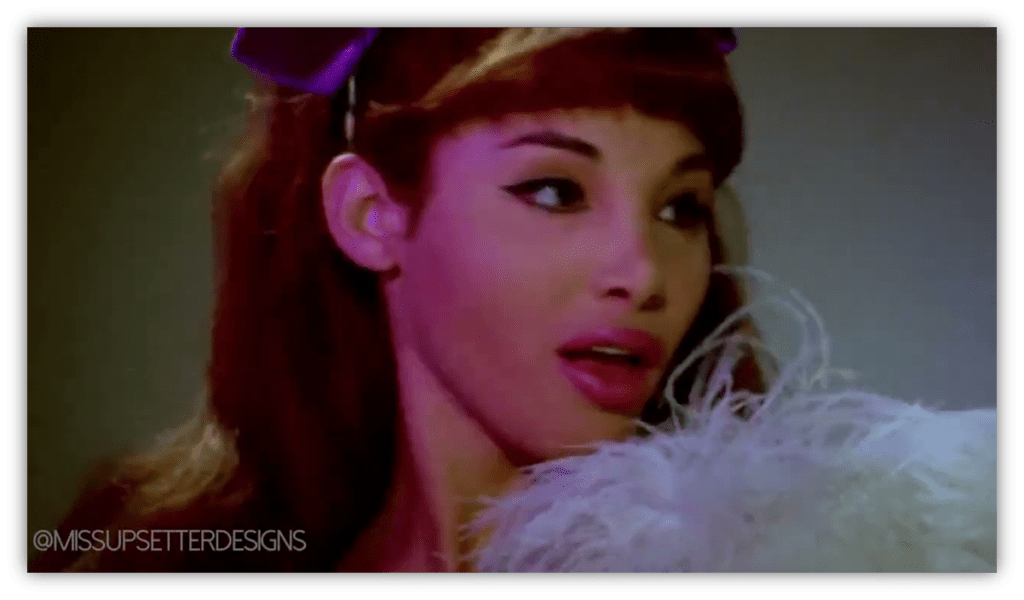
Think of her as the multi-talented showgirl who sings, dances, and acts, all in fabulous costumes. A supervedette takes that one step further: she isn’t merely the evening’s top attraction, she defines the entire production.
Bond was a supervedette. She wasn’t just in the spotlight. She owned the spotlight.
With the name change, and possibly others, it’s difficult to follow her path.
We know she performed as Brigitte St. John in Spain, the Canary Islands, and Italy in the early 70s. Her residency in Majorca was so popular it was extended to four months. After a final tour of Catalonia in 1976, she retired.
There is a single from 1976 called “La Tendresse” by Brigitte Saint-Jacques, which isn’t far from Brigitte St. John but aside from the name and facial resemblance, we have no proof that it’s really her. It’s sung in French and is on a French label, and it’s Brigitte Saint-Jacques’ only release.
Miss Upsetter continues researching and may someday find what became of Brigitte Bond, the Beat Girl.
If you’d like more in depth information than what I have here, I recommend Miss Upsetter’s half hour documentary.
It’s fascinating stuff.
Whenever you see Ska iconography, keep in mind that The Beat Girl — a symbol of both Ska and transgender strength — may still be out there somewhere, living her own life.
And she’s cooler than most of us can ever hope to be.
I couldn’t have written this without Joanna’s research, input, and attention to detail. Her dedication to learning and telling Brigitte’s story is remarkable.
Learn more about Joanna, over at Instagram…
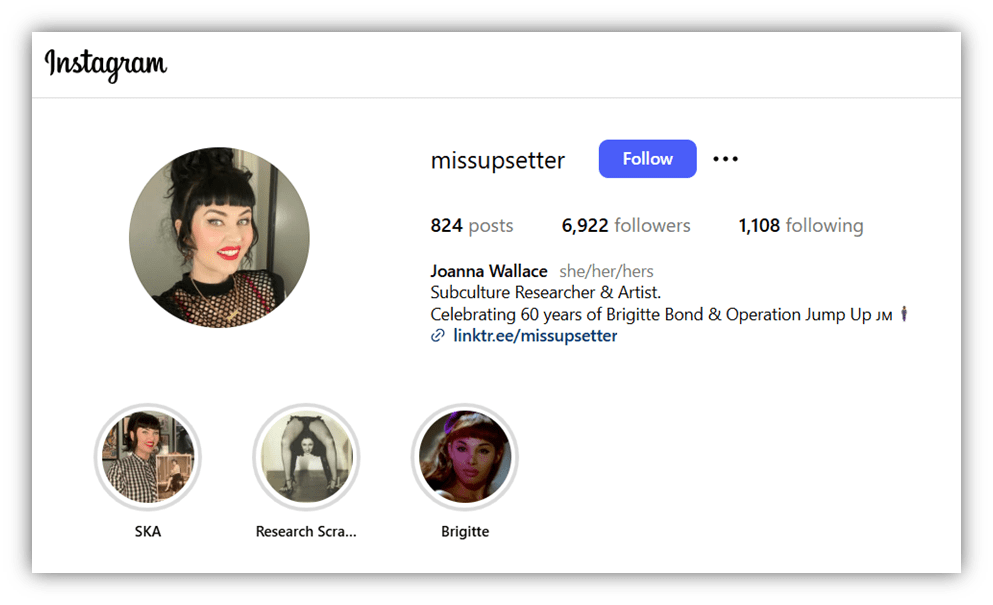
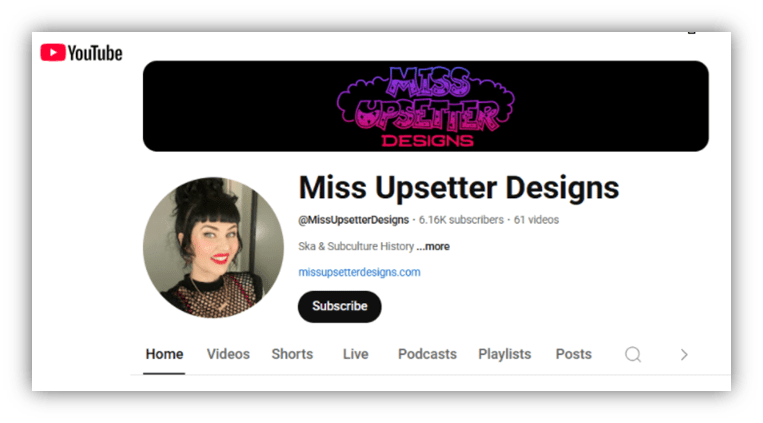
… and at her amazing Miss Upsetter Designs YouTube Channel.
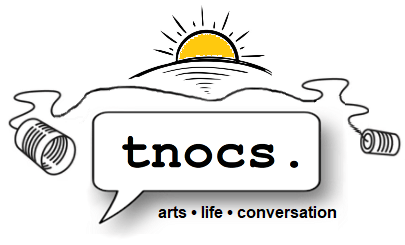


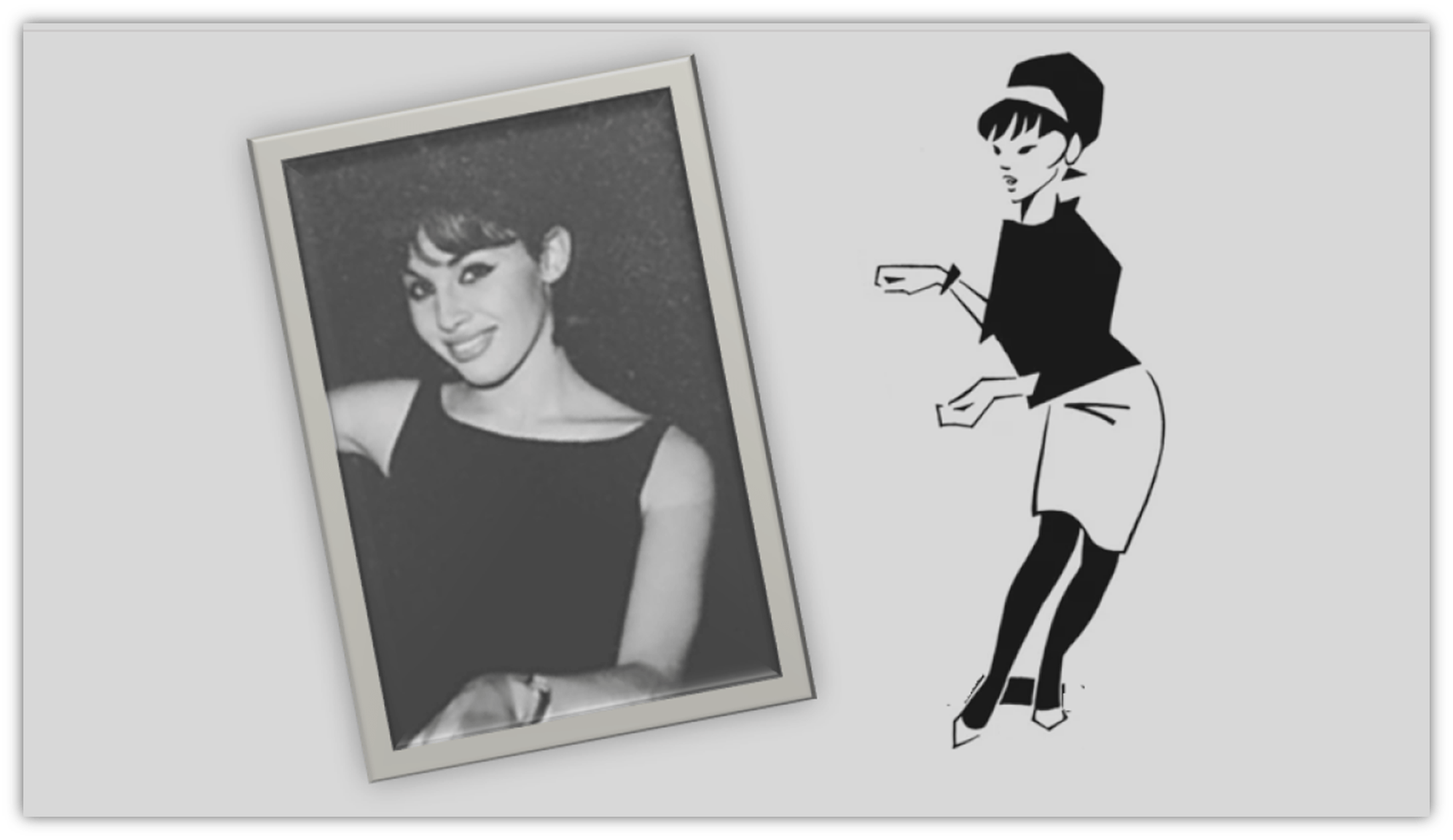
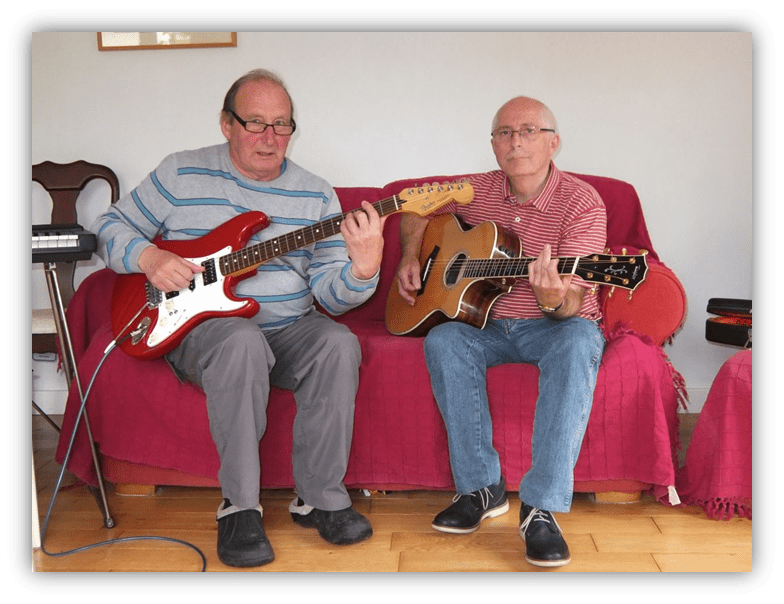
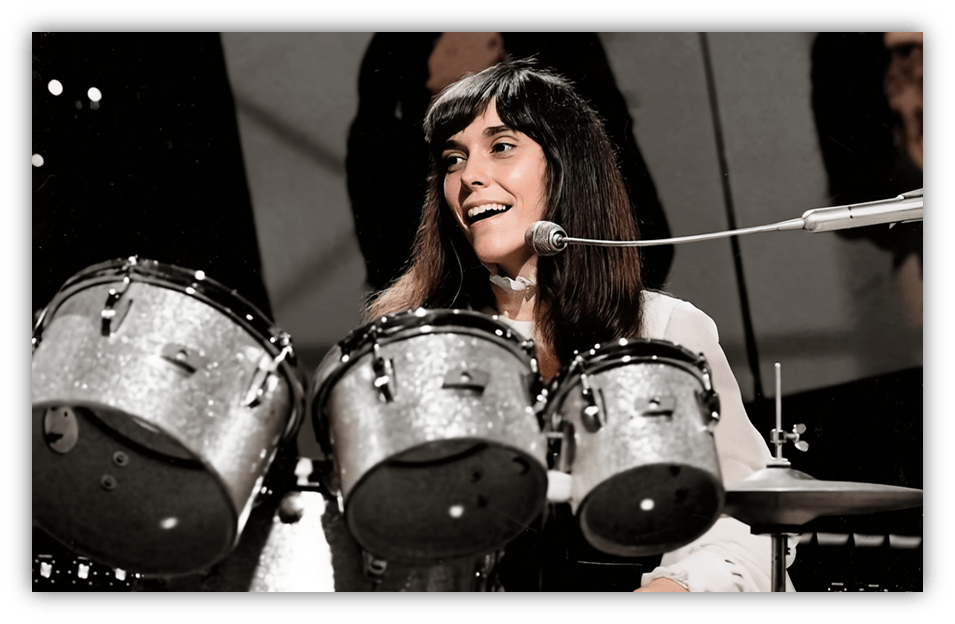

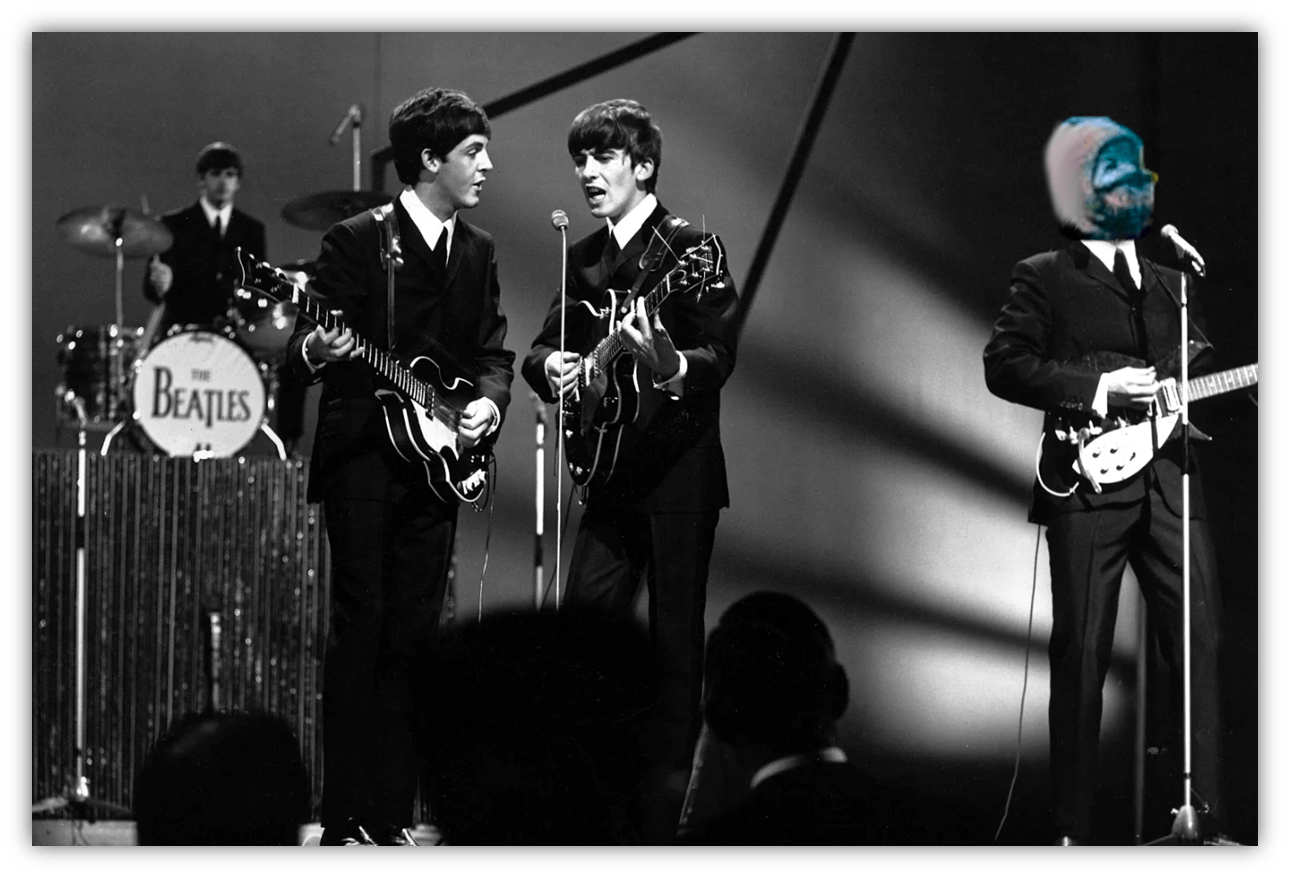
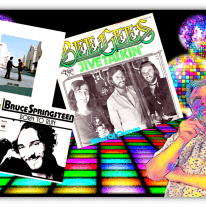

Thanks Bill and Miss Upsetter.
I knew about Walt Jabsco – presumably there could well be a real Walt outn there who has no idea that the shirt he donated to goodwill went onto become part of music history.
I had no idea about Brigitte Bond though. Just becoming the inspiration for the Beat Girl would be fascinating enough but the backstory and her other brushes with fame make for quite the story. And to then disappear adds an extra layer of intrigue.
Comparing the vocals of the songs I couldn’t say Brigitte Saint-Jaques is Brigitte Bond but I couldn’t rule it out.
I know so little about ska music and culture (most of what I know I’ve learned from you, Bill), so this is pretty cool. I really like that iconography of Walt Jabsco and the Beat Girl. Fascinating stuff.
I love the idea of her just living her life on her own terms. I would love to know more about where that took her. Sir John Waller’s life just seems sad. But Annie should definitely have gotten the money.
Agreed, and I feel bad for the baby who’s now a young woman.
This is an absolutely great article, Bill. (Sorry I got to it so late — back to work now.) Told with depth and sensitivity. Thanks so much! Have a good weekend.
I was listening to our leader’s niece’s podcast this morning. She was talking about erasure.
I live in a region with no professional sports teams, hence, women’s volleyball is a de facto major sport.
Last season, I was following the saga of another school’s women’s volleyball program.
South Park did a fair and balanced episode on this issue. Judging by the two episodes from the current season, they picked a side. If they could do it all over again, they’d probably rethink their approach from 2019.
In my opinion, the activism was misguided. Also, the activists seemed completely unaware of the political climate. I don’t think they realized that their actions put the whole concept of collegiate women’s sports in jeopardy.
Great subject(Jane from MTV’s Daria reminds me of an updated Brigitte Bond) and a Franco mention, too. Wondering how a Spanish filmmaker named Carlos Saura(his muse, a proto-“nepo baby” is still alive) got his films pass the censors is one of my recent film obsessions.
I enjoyed this timely article a lot, V-dog.
I happen to be in Florida and had lunch at a restaurant selling T-shirts featuring the skeletons of Walt Jabsco and the Beat Girl.
[…] I mentioned Wakeling’s band in my article about Brigitte Bond, The Beat Girl. […]